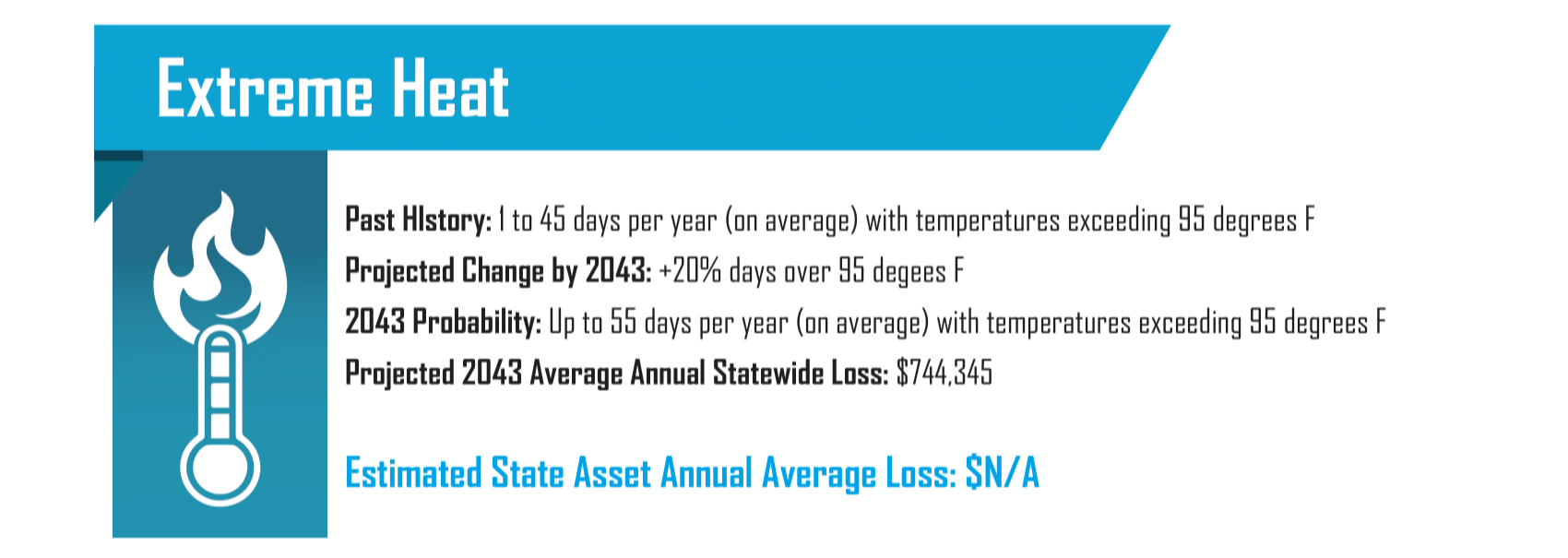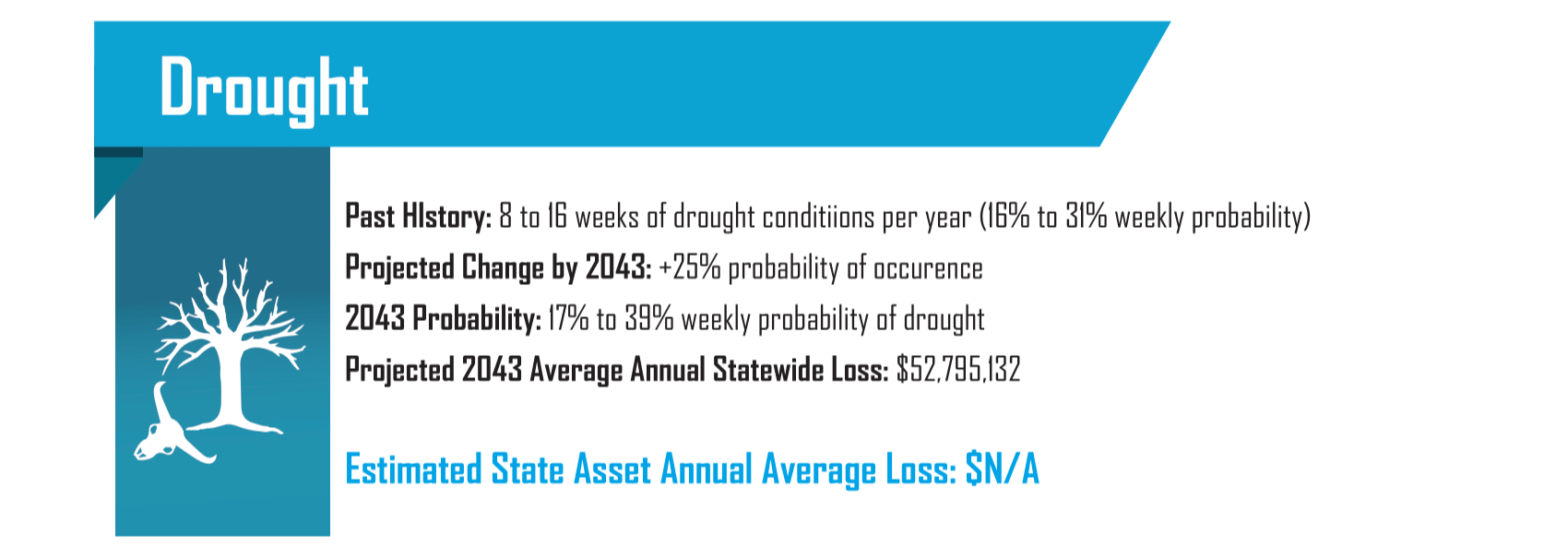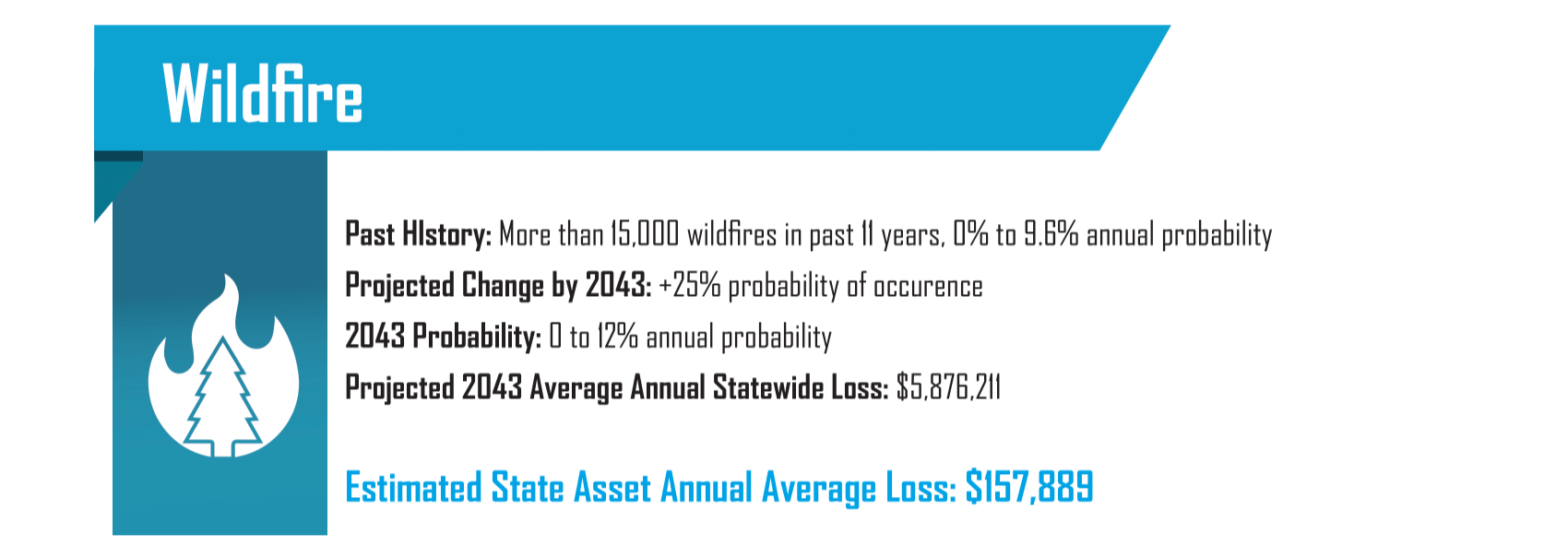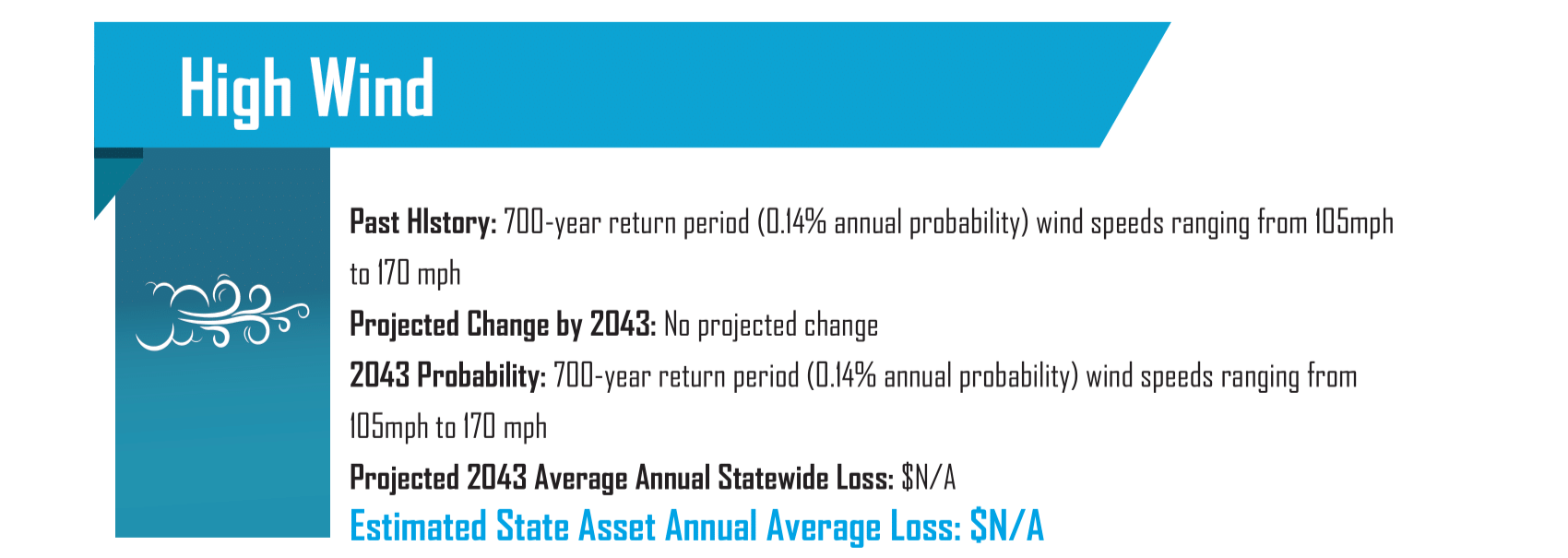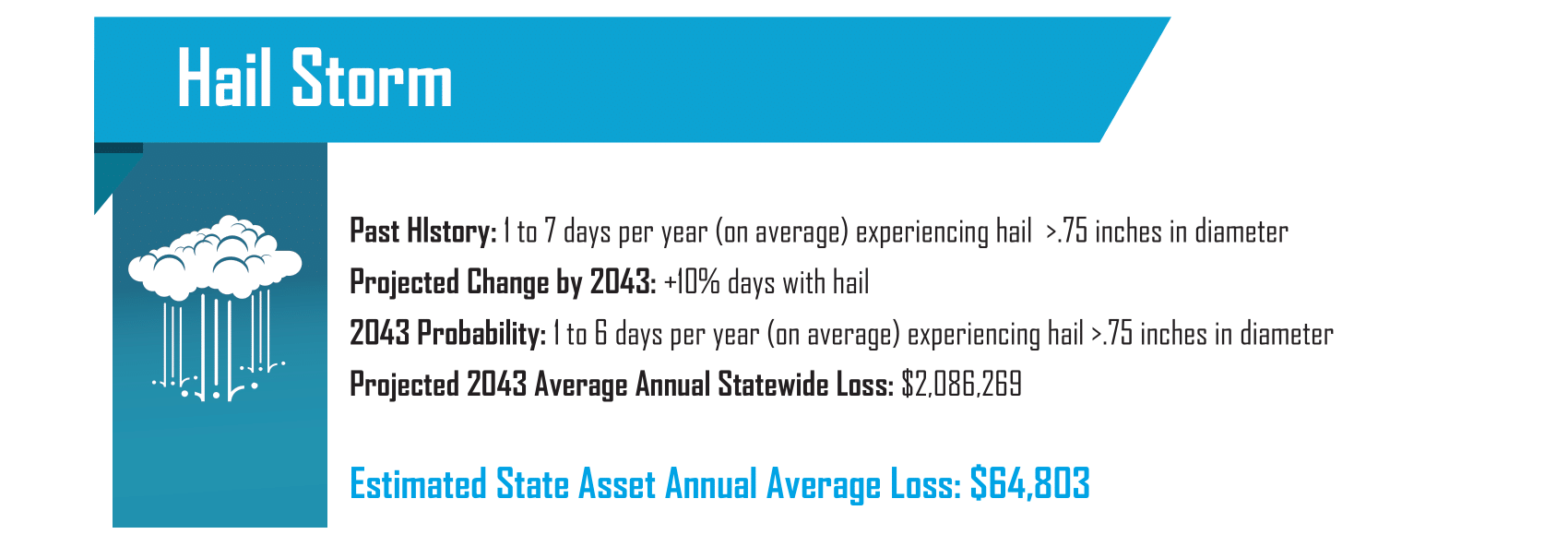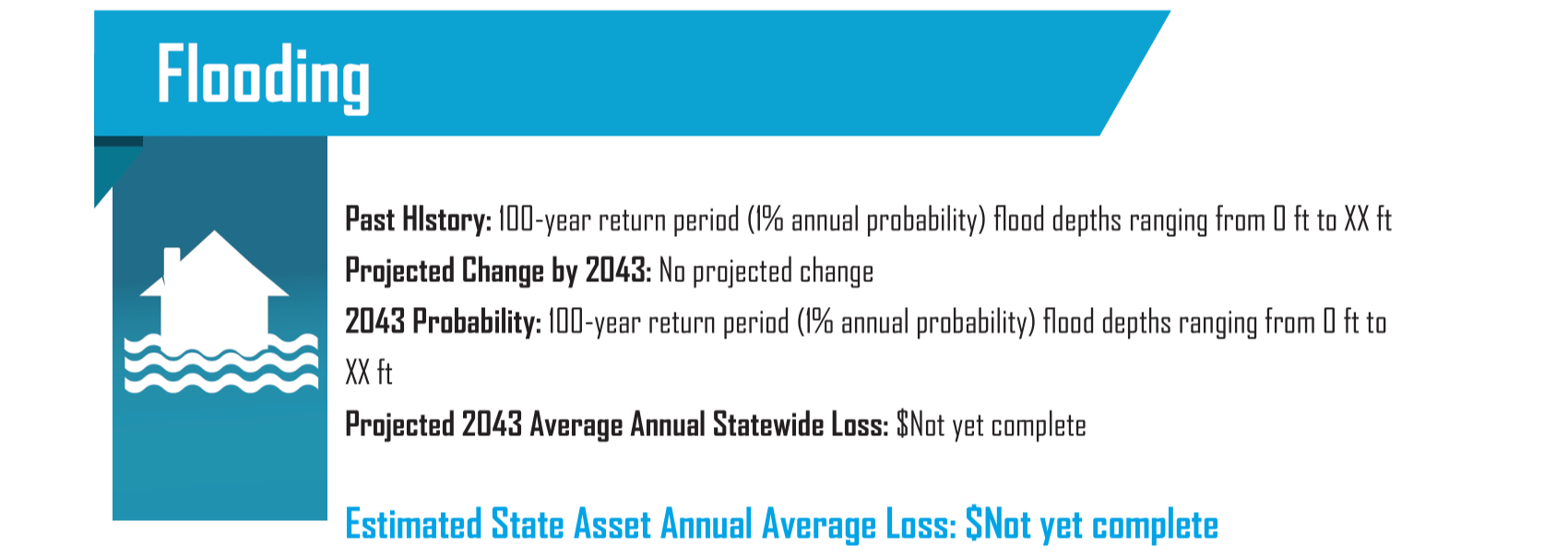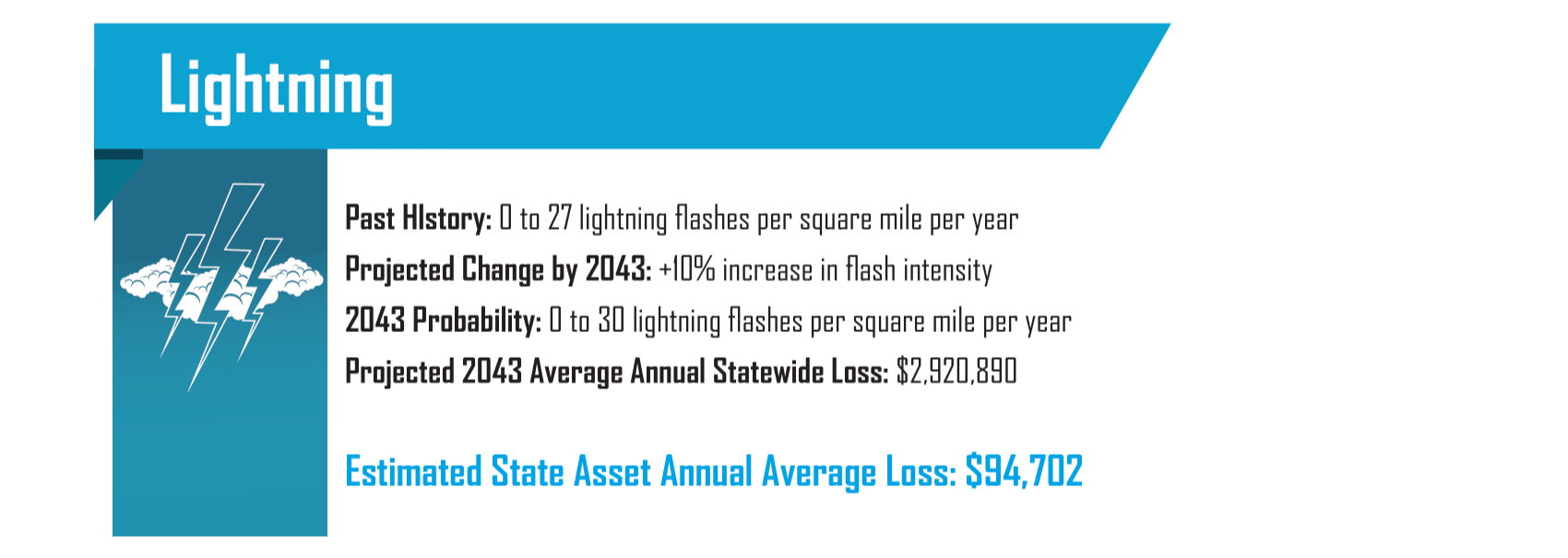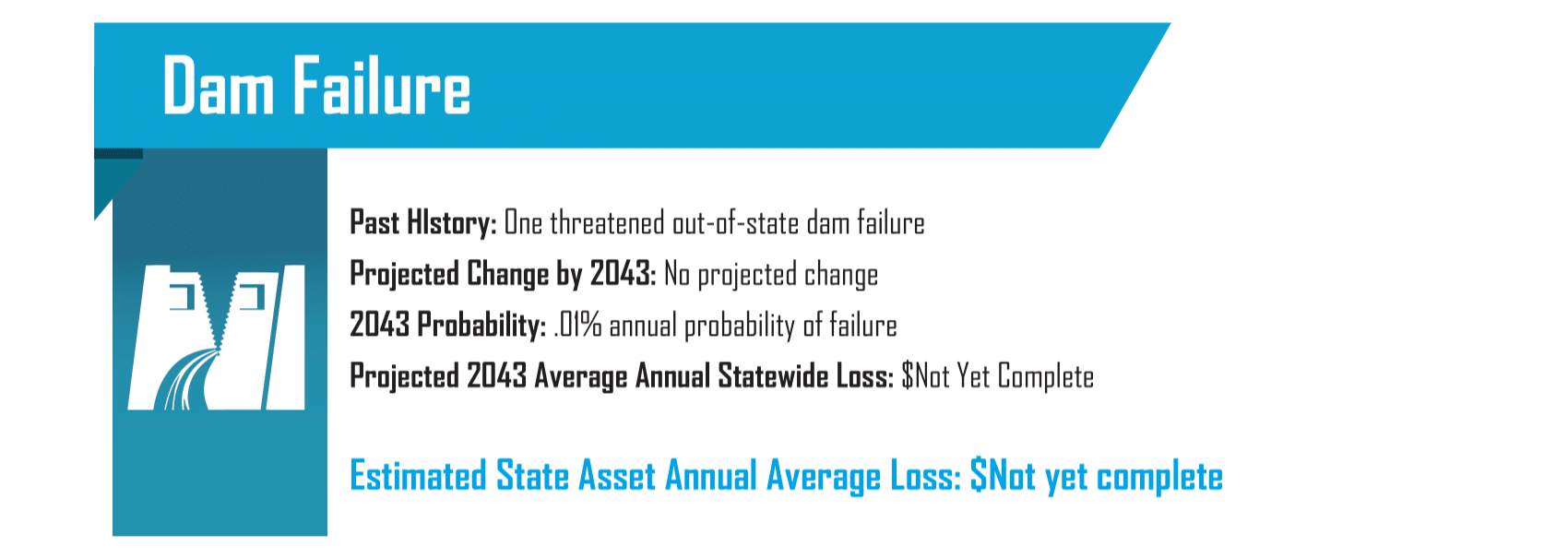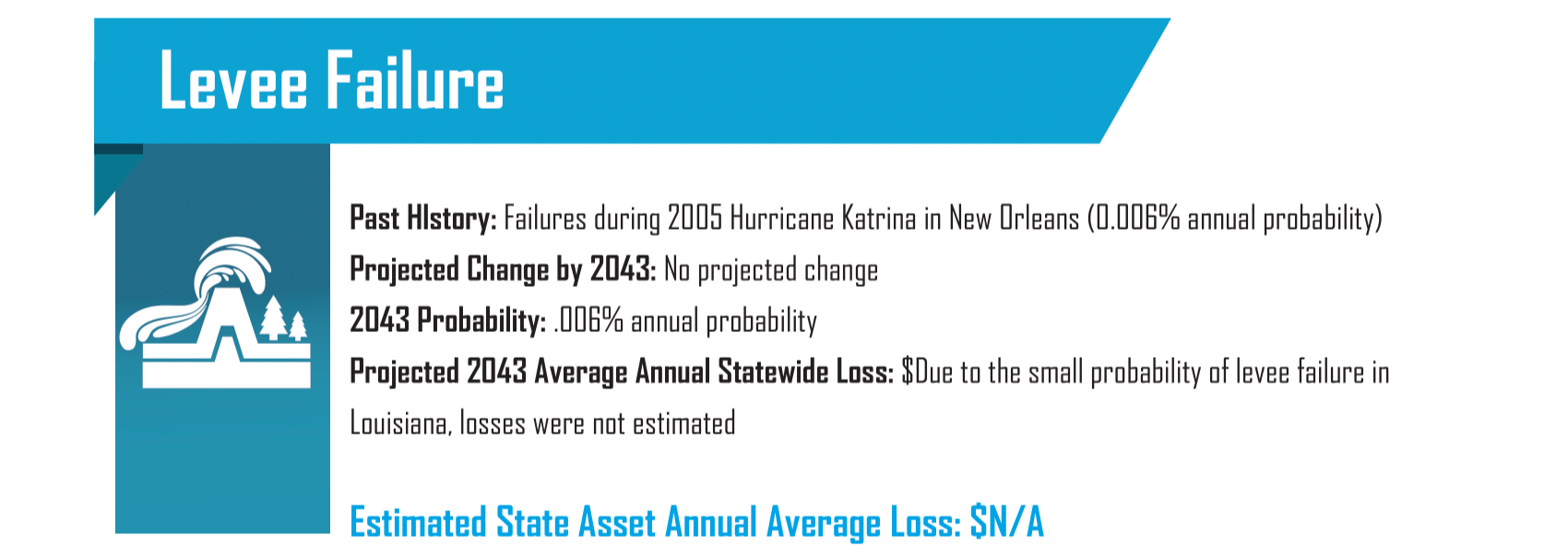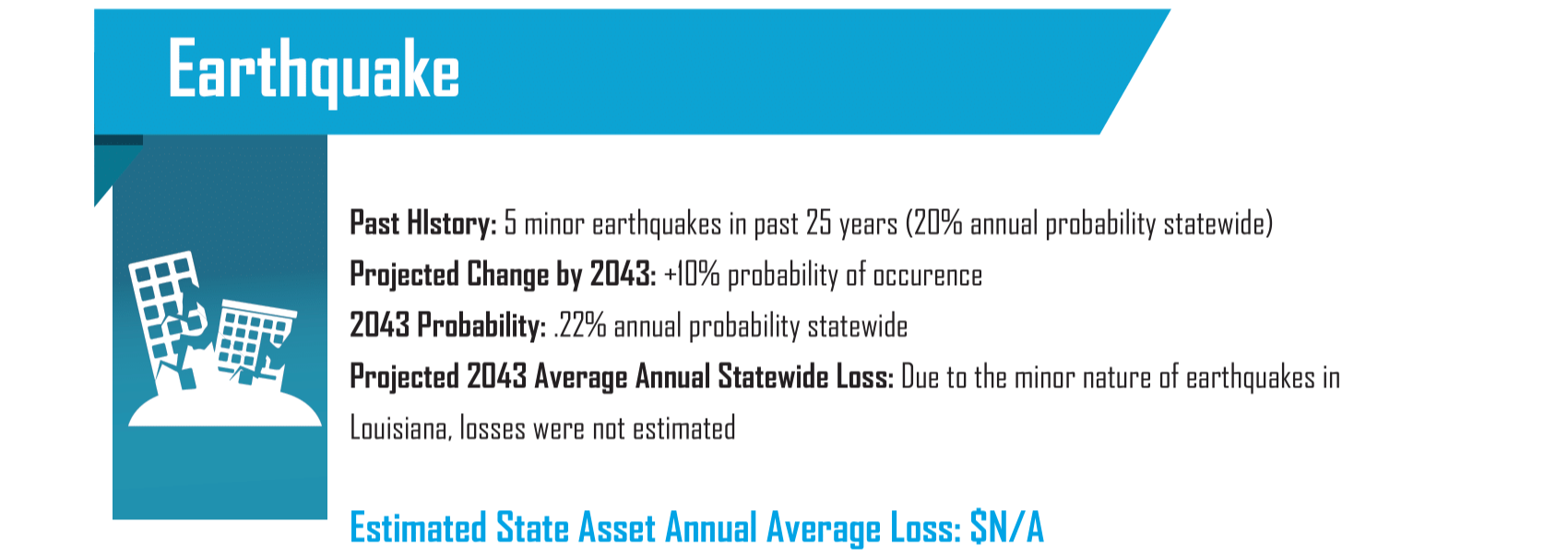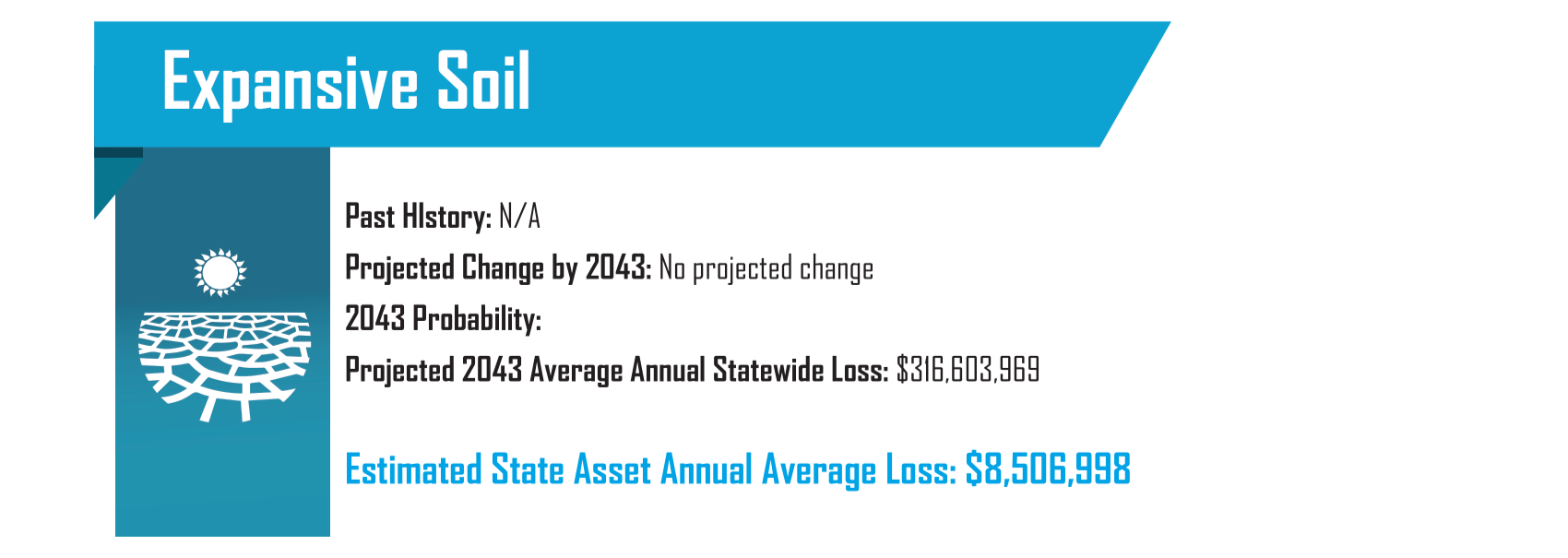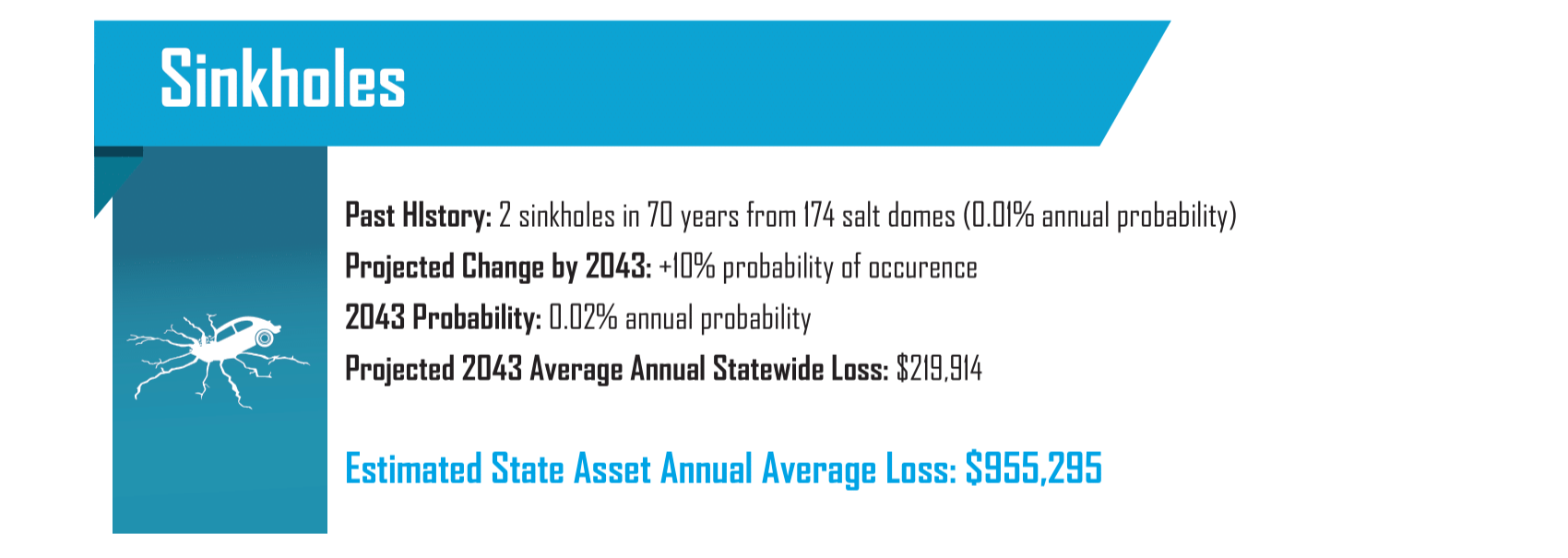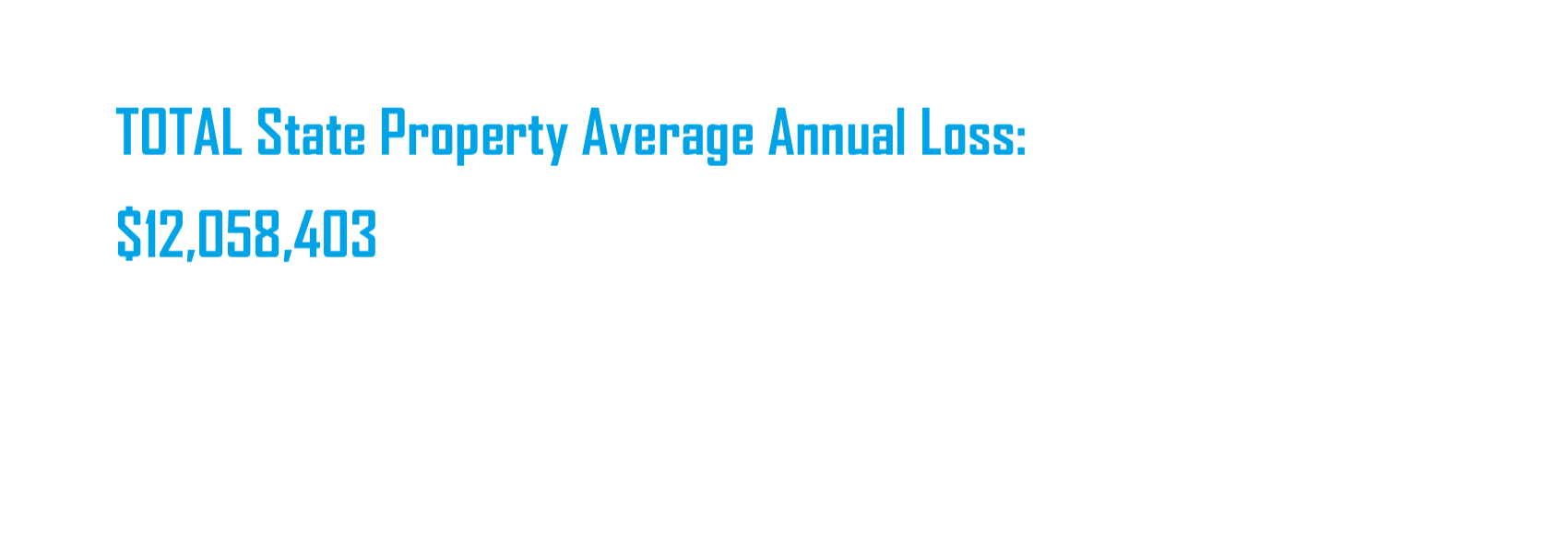Investing in Tomorrow: FEMA's Safeguarding Tomorrow Revolving Loan Fund
By: Taya Fontenette, Policy and Research Coordinator
Overview
On September 12, 2023, the Federal Emergency Management Agency (FEMA) announced the first year of selections for the new Safeguarding Tomorrow Revolving Loan Fund (RLF) program. This initiative, funded by the Infrastructure Investment and Jobs Act (IIJA) of 2021, aims to strengthen communities against rising water levels, coastal erosion, and flooding by providing direct capitalization grants for establishing revolving loan funds. A total of $50 million was allocated to eight states, representing 10% of the $500 million budget for the program until 2026. Under the STORM Act, FEMA can grant funds to states, 20 federally recognized tribes, and territories, empowering them to distribute loans directly to local communities. To access these loans, communities must have hazard mitigation plans to enhance community safety, cohesion, and resilience against disasters.
The Revolving Loan Fund operates as a financing mechanism for FEMA and other governmental bodies to offer loans to eligible recipients for specific projects. Upon project completion, loans along with interest are returned to the fund, creating a cycle of financing. FEMA allocates funds to states and tribal governments through a capitalization grant, with entities contributing a minimum of 10% to the established loan fund. As loans are repaid, the funds become available for new projects. These low-interest loans, capped at a rate of no more than 1%, will enable local governments to implement essential projects without facing financial burdens.
Impact on Louisiana
Louisiana's $6.91 million award, the highest among the eight selected states, is critical for addressing the state's vulnerability to natural disasters and climate change. The State Legislature created Louisiana’s Hazard Mitigation Revolving Loan Fund through Act 524 of the 2022 Regular Session. Following this, the Governor's Office of Homeland Security and Emergency Preparedness (GOHSEP) developed an Intended Use Plan (IUP), outlining strategic initiatives aimed at enhancing community resilience. This plan was subsequently submitted to FEMA for approval. GOHSEP envisions the RLF as an extension of the preexisting State Hazard Mitigation Plan (HMP), which was last updated in 2019 and is slated for revision in 2024. With this support, Louisiana can pave the way for a future where its residents are more resilient and better equipped to confront and rebound from environmental hazards and disasters.
Conclusion
Looking ahead, FEMA announced on December 19, 2023, the availability of $150 million through the Safeguarding Tomorrow RLF for 2024, marking another significant step forward. The application period runs from February 1 to April 30, 2024. Fueled by the bipartisan Infrastructure Investment and Jobs Act, this initiative will continue to offer hope for communities nationwide. By promoting collaboration, innovation, and equity, it drives us closer to a future where government-funded resilience becomes a reality for everyone.
Hazards examined in Louisiana’s 2019 Hazard Mitigation Plan

